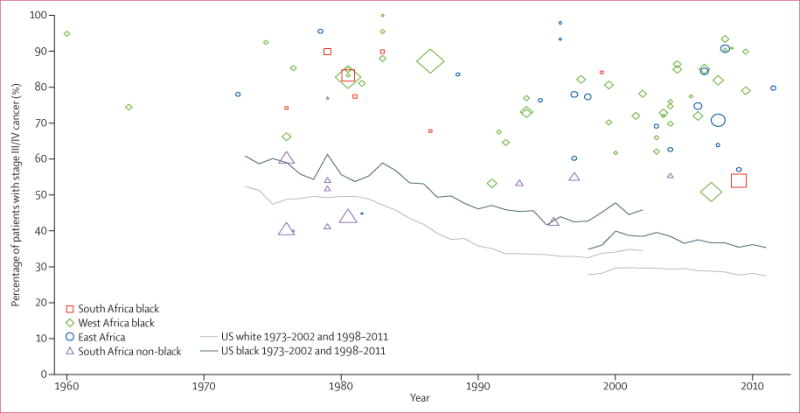Figure 5. Trends in stage of breast cancer at diagnosis in sub-Saharan Africa in 1960–2011, and in the USA in 1973–2002 and 1988–2011.

The US estimates represent percentage of patients with breast cancer with regional or distant disease (as a proxy for stages III/IV) out of all patients with known stage in the Surveillance Epidemiology End Results (SEER) database (see Methods); the SEER summary staging classification was used for both time periods: 1973–2002 (based on 365 695 white women and 31 781 black women with breast cancer in the USA) and 1998–2011 (based on 780 137 white women and 96 526 black women with breast cancer in the USA). The discontinuity between the two time series was due to a change in staging classification. The sub-Saharan Africa estimates correspond to percentage of patients with stage III/IV breast cancer at diagnosis; the size of the point estimate symbols are proportional to the size of the study.
